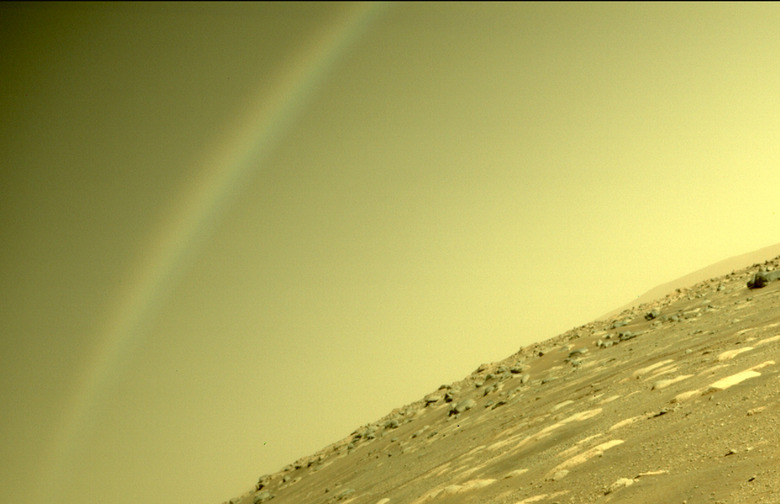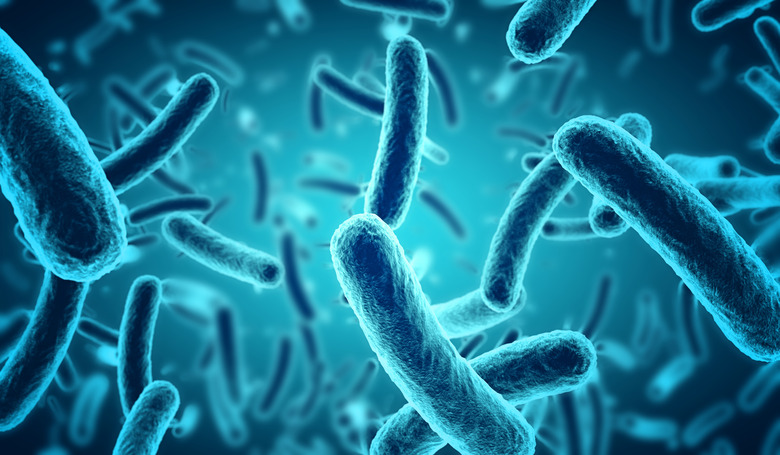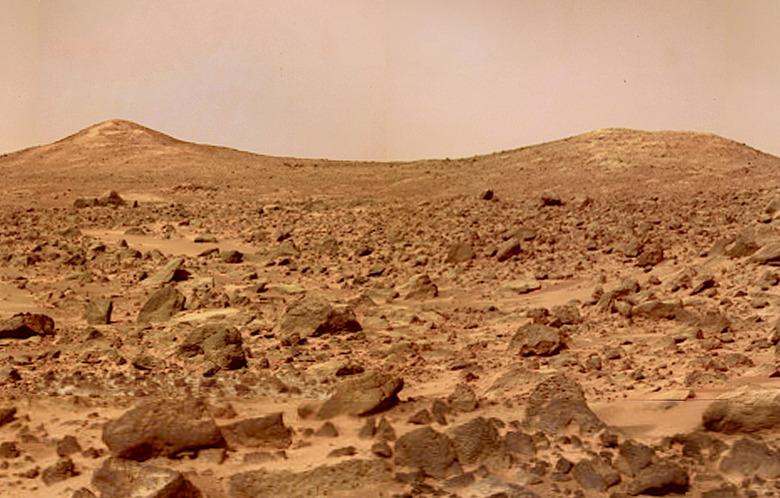Bacteria Could Be Key To Letting Humans Breathe On Mars
One of the biggest obstacles facing NASA's goal of putting humans on Mars is providing much-needed consumables like water, oxygen, and food. The current goal is to find ways to produce these items on the planet, which would help reduce how much we need to transport from Earth to Mars. Thanks to bacteria, scientists may have found a solution to at least one of those problems by giving humans a way to create oxygen on Mars.
Bacteria could help us create oxygen on Mars
NASA is already looking into tech that should let us breathe on Mars. But now, scientists want to take it a step further by creating Oxygen on the planet itself.
Scientists first published their findings back in February of 2021. In a press release, the scientists highlighted the importance of sourcing important consumables from Mars itself. When we do put human boots on the ground, sourcing those things from Earth would be costly, especially in the long run.
With cyanobacterium, though, scientists believe they could create oxygen on Mars, allowing us to breathe freely on the Red Planet.
"Cyanobacteria have long been targeted as candidates to drive biological life support on space missions, as all species produce oxygen through photosynthesis while some can fix atmospheric nitrogen into nutrients." the press release reads.
But what makes this bacterium so special? For starters, all types of cyanobacteria use photosynthesis to produce oxygen from carbon dioxide. Additionally, the bacteria have already proven resilient, as it survives in some of the most hostile environments on our planet. Because of those two factors, many believe they could be key to letting humans create oxygen on Mars.
Making it suitable for the Martian environment
But, before we can use cyanobacteria to create oxygen on Mars, we have to find a way to make it grow there. While many believe it could survive the harsh environment, the Martian atmosphere has less than 1 percent of the Earth's total pressure. As such, the bacteria are unable to grow directly in the atmosphere. But, creating an Earth-like atmosphere on Mars would be too costly.
That's why a group of scientists, including astrobiologist Cyprien Verseux, created a bioreactor called Atmos. Short for Atmosphere Tester for Mars-bound Organic Systems, Atmos allowed the scientists to test atmospheric conditions similar to Mars. The goal was to find out which atmospheric conditions allowed the cyanobacteria to grow the easiest.
We could then use this information to make slight atmospheric changes on Mars. This would allow the cyanobacteria to grow under those conditions. That would then allow them to create oxygen on Mars. They found that the particular type of cyanobacteria they used, Anabaena, grew under all the conditions that they tried. As such, they proved that oxygen-producing cyanobacteria could be cultivated on Mars at low pressure under controlled conditions.
Further, though, is the fact they were able to prove it can grow with local ingredients exclusive to Mars. That means we wouldn't need to import gasses or any other material to make the process happen. Of course, there's still a lot of work to be done before we can use these cyanobacteria to create oxygen on Mars.
It might not be an immediate solution to making Mars habitable. But scientists at least have a foundation to build upon.


